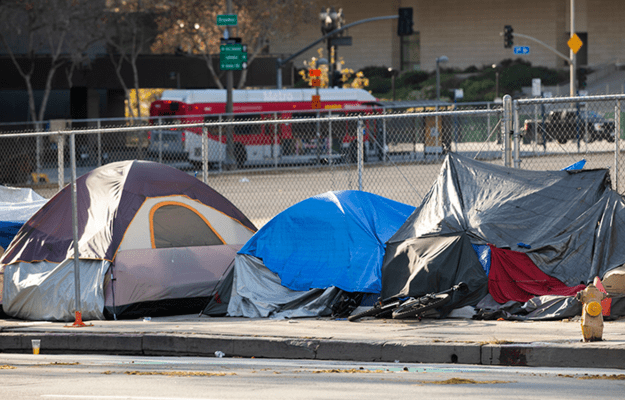High Cost Burdens and Homeownership Gaps Accompany Housing Recovery
- Title:
- High Cost Burdens and Homeownership Gaps Accompany Housing Recovery
- Author:
- Source:
- Publication Date:
-
June 2014
The U.S. housing market is in recovery but still faces a number of challenges, concludes The State of the Nation’s Housing 2014 by the Joint Center for Housing Studies of Harvard University. Tight credit, still elevated unemployment, and mounting student loan debt among young Americans are moderating growth and keeping millennials and other first-time homebuyers out of the market.
The annual report, which is accompanied by an interactive map on the Joint Center website, covers homeownership and rental trends, residential construction and sales, demographic and economic drivers of housing demand, mortgage finance, and ongoing housing affordability challenges.
The report includes major findings in several areas, detailed below.
Housing Starts Are Rising but Still Below Norms:
- Although rising 18 percent between 2012 and 2013, housing starts remain well below historical averages.
- Multifamily construction was up for the third year in a row, rising 25 percent to 307,000 units in 2013.
- Due in part to lagging single-family starts, just over one-third of residential units were built as rentals, the highest level since 1974.
The Homeownership Rate Is Lagging, Particularly for Young Adults:
- The US homeownership rate fell for the ninth straight year in 2012-13.
- The slide in homeownership rates since 2004 has been most dramatic among younger adults, in part because of mounting student loan debt.
Rental Demand Remains Strong:
- Renter growth in 2013 remained well above the annual average of the last few decades, led by growth among both households under 35 and those between 55 and 64.
- Household growth among renters has outpaced rental construction for several years, therefore overbuilding in the multifamily market is unlikely, at least nationally.
Minorities Drive Future Household Growth, But Are Left Out of the Recovery:
- Between 2015 and 2025, 76% of net household growth will come from minority households.
- The gaps between white and minority homeownership rates continue to expand, especially between whites and blacks.
- Since 2006, home price declines were three times larger in minority neighborhoods than in mostly white neighborhoods.
Millions of Americans Face Housing Cost Burden, While Federal Assistance Lags Eligibility:
- Nearly 41 million households were cost burdened, paying more than 30% of income for housing.
- Half of renters were cost burdened, and 28 percent were severely cost burdened, spending more than half of their income for housing.
- Just under a quarter of eligible households received housing assistance in 2011, and the number of households receiving HUD housing vouchers declined between 2012 and 2013.
- Among those in the bottom expenditure quartile (a proxy for low-income), households with severe housing cost burden spent on average 39% less on food and 65% less on healthcare than similar households with affordable housing.


